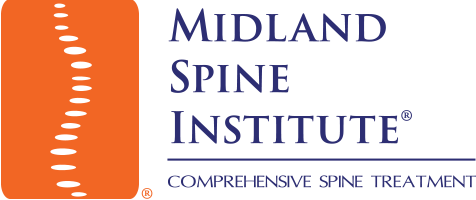Epidural Steroid Injections / Neuroplasty

(Cervical, Thoracic & Lumbar)
When patients suffer from nerve impingement that causes them to experience pain in their legs or lower back, sometimes an epidural steroid injection can be an effective treatment that is also minimally invasive.
When nerves become compressed, the patient can feel pain. Anti-inflammatory medications such as Cortisone can be placed in exactly the right spot to help interrupt the cycle of irritation. Once this procedure is done, some patients will experience sensations of warmth or numbness due to the anesthetic. Though the effects can take place anywhere from immediately to up to a week, about three days is when most people experience relief. Among those who have not had back surgery before, 70% report having relief. This relief is sometimes permanent, although many patients’ pain returns after weeks or months, and some people get no relief at all.
EPIDURAL NEUROPLASTY
This procedure is otherwise known as epidural lysis of adhesions or the “RACZ” procedure after the physician who first performed the procedure.
It has been found that after trauma or surgery of the spine, scar tissue forms around the nerves in the spinal canal. It has also been shown that the presence of scar tissue compounded pain associated with nerve roots by adhering the nerve roots to one position and thus increasing the nerve root to tension or compression. This active insult to nerve roots cause significant intraneural edema, or swelling in the nerve root itself. Pain can also result from the nerve endings found throughout the spinal canal and associated structures.
Sometimes after spinal surgery or trauma, scar tissue can build up in the spinal canal, compressing the nerve roots and causing pain. Epidural Neuroplasty, also know as Epidural Neurolysis can help identify epidural adhesion. It is usually an outpatient procedure which is done lightly sedated with x-ray guidance, although some of the variations on the procedure involve inpatient treatment and various medications. Speak with your physician to determine the best fit for your situation.

